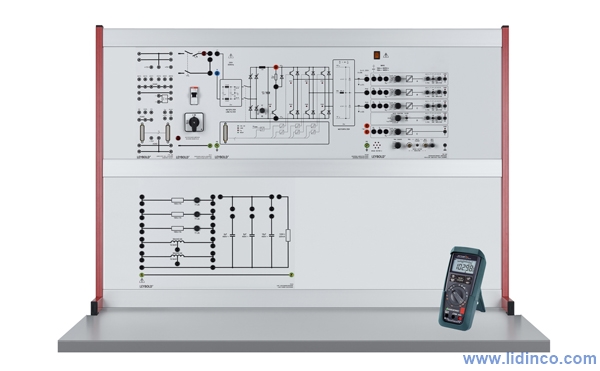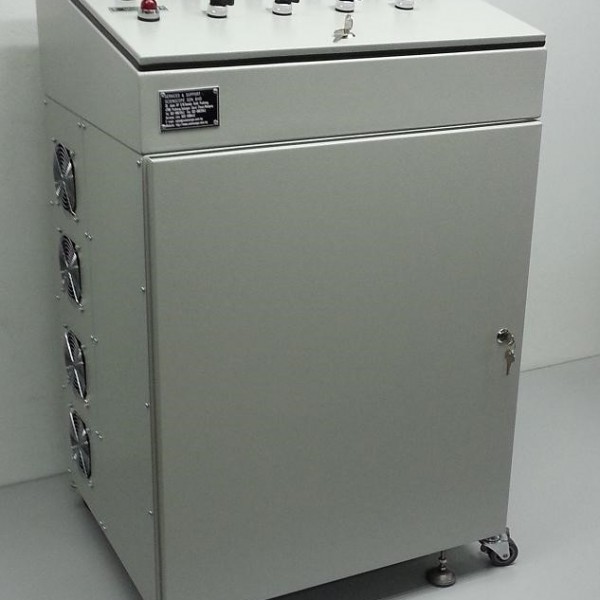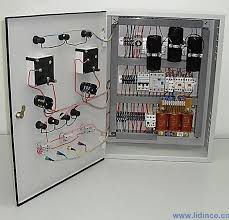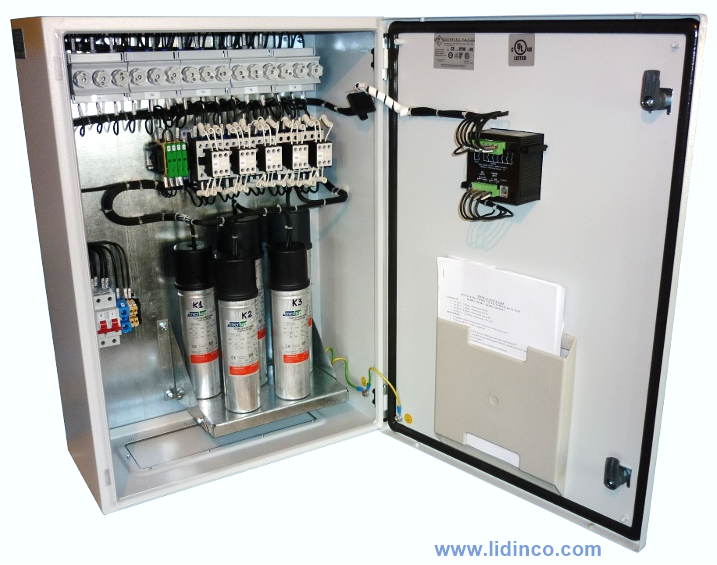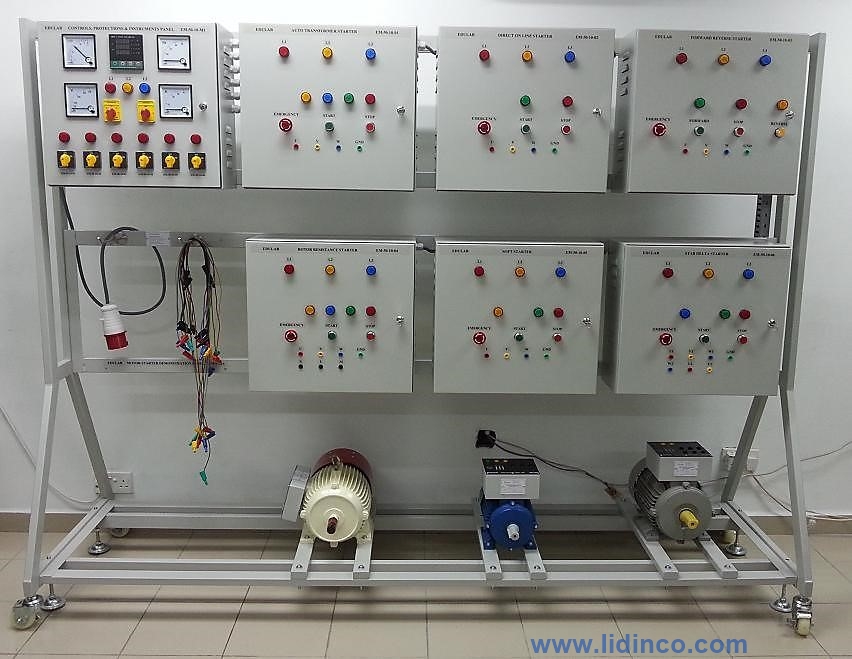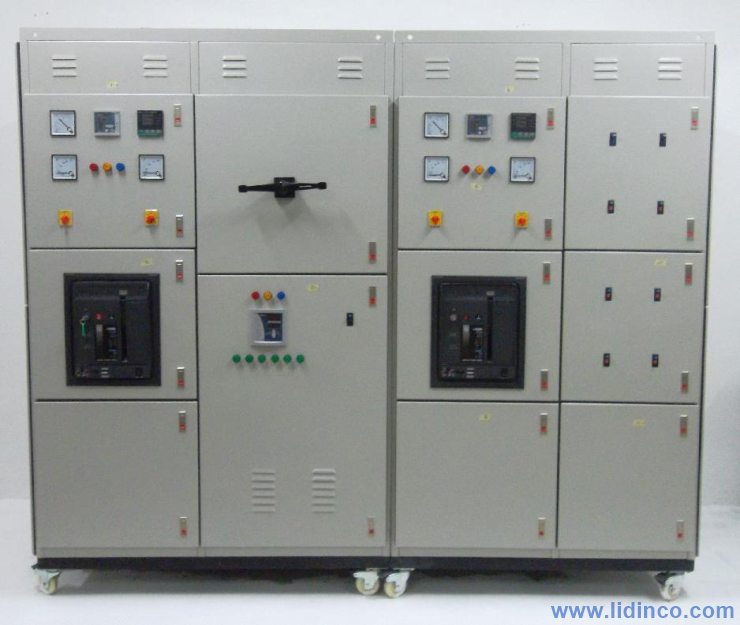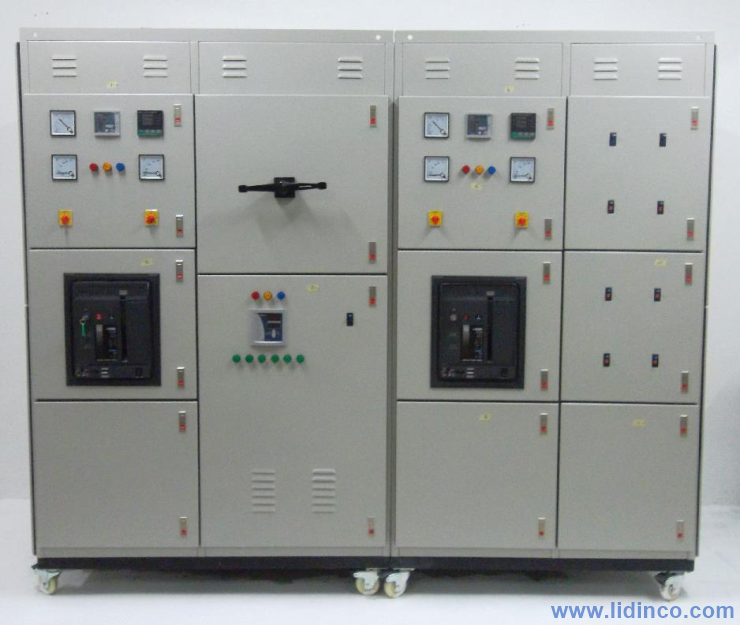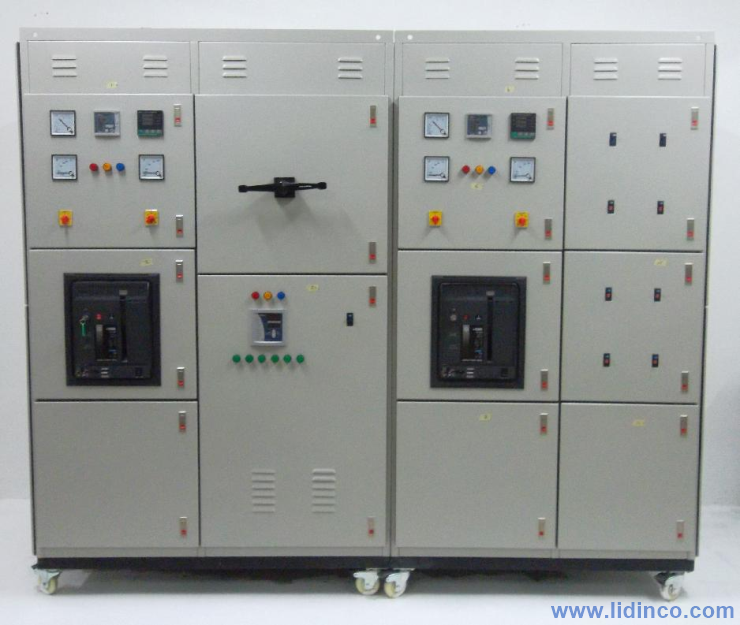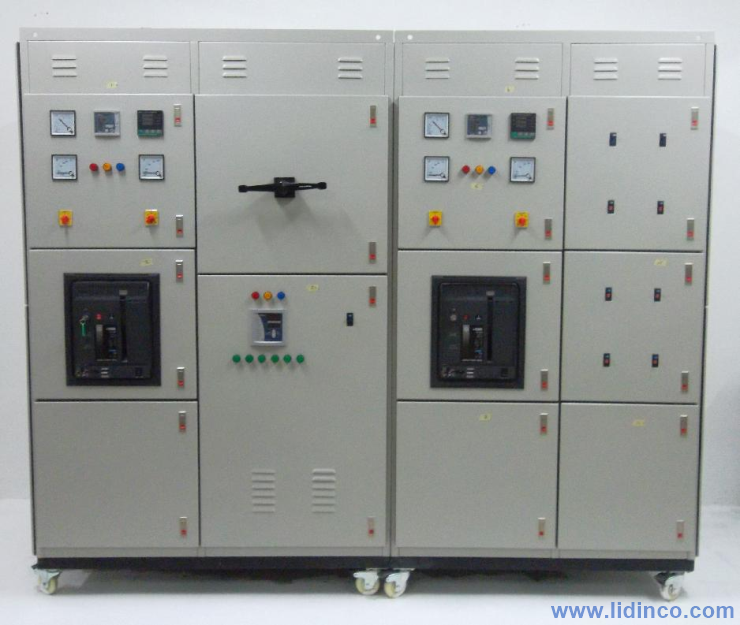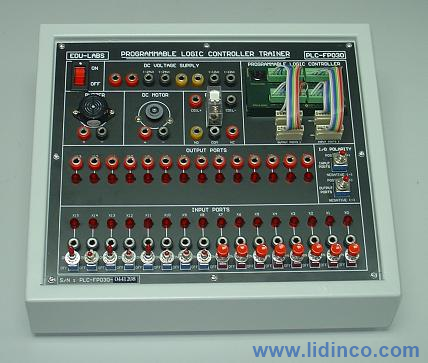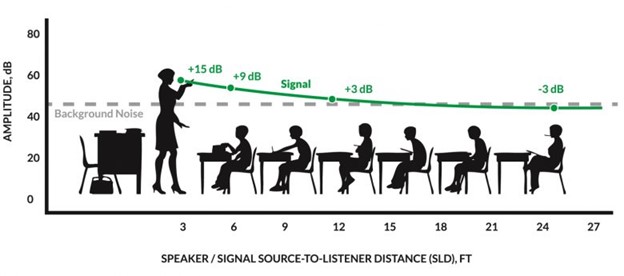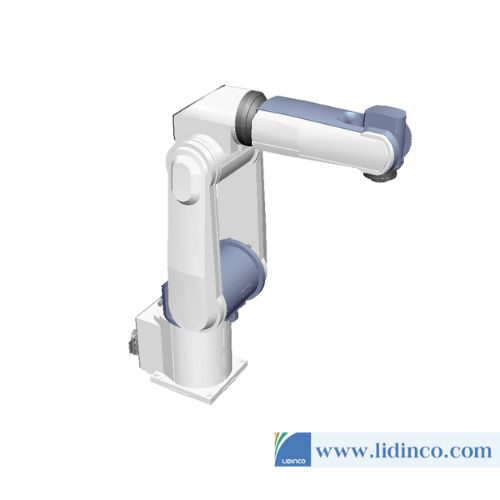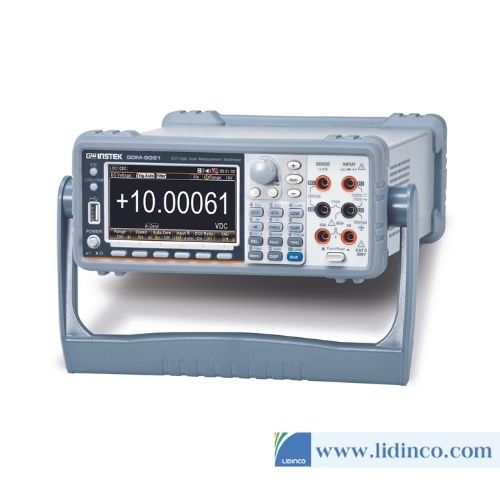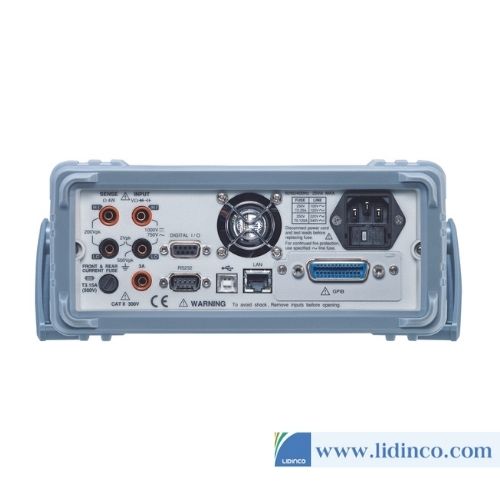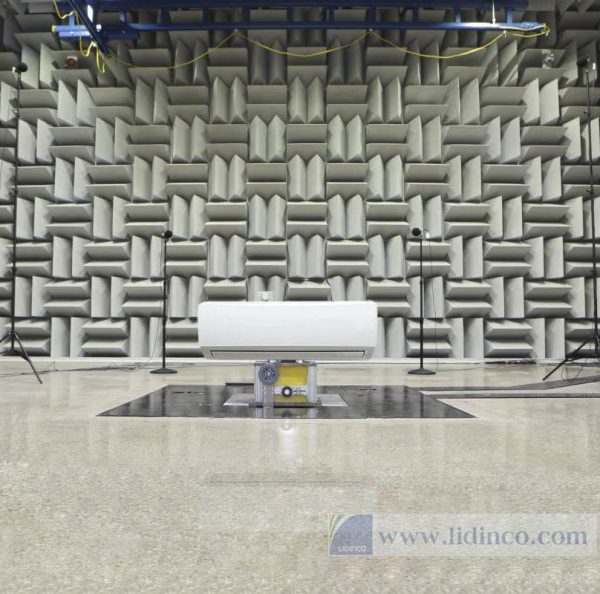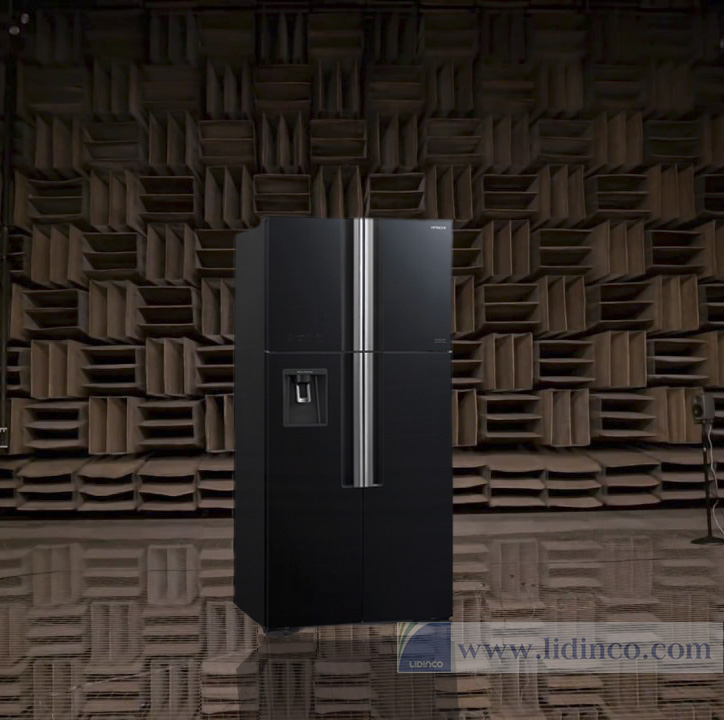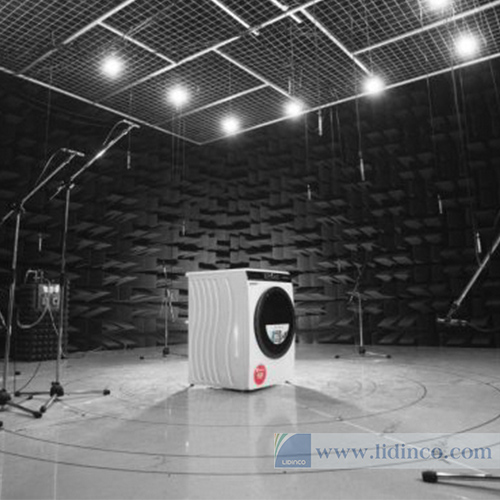Basics of Frequency Converters
Hotline: +84 906 988 447
Head Office: Ho Chi Minh City
- Tel: +84 2839 778 269 / 3601 6797
- Email: sales@lidinco.com
- Add: 487 Cong Hoa Street, Tan Binh Ward, Ho Chi Minh City, Vietnam
Office: Bac Ninh City
- Tel: +84 222 730 0180
- Email: bn@lidinco.com
- Add: 184 Binh Than Street, Vo Cuong Ward, Bac Ninh, Vietnam
-
 Technical Counseling
100% Free
Technical Counseling
100% Free
-
 Free Shipping
For 3.000.000vnd Order
Free Shipping
For 3.000.000vnd Order
Data is being updated
Description
Lidinco provides basic inverter engineering practice sets for laboratory use, practice
This laboratory practical utilises training panels in panel frames. The power is supplied to the frequency converter directly from the mains (mains voltage, 230 V).
Objectives
- Protective measures and electrical safety
- Components of a frequency converter with variable voltage link
- Setting parameters for frequency converters
- Gaining skill in measurement techniques
This equipment set offers an insight into the circuitry of frequency converters with variable voltage link. Measurements are made on the components of a frequency converter especially designed for educational purposes. The experiments use a static electronic load, which facilitates the evaluation of current and voltage curves. A rotating field with variable frequency is also investigated. The following components can be accessed:
- Input bridge rectifier with link capacitor
- Brake chopper
- Power inverter
Students work in the power engineering lab with mains voltage. Experiments procedures are contained in a printed manual.
The experiments are designed for intermediate and advanced levels.
Topics
- Rotating field and space vectors
- Feeding a sinusoidal signal from the normal three-phase mains network
- Representation of space vectors
- Generation of a rotating field from a DC voltage
- Putting a converter into operation
- Fault-free activation of the mains voltage
- Activation of the input rectifier
- Switching off the converter
- Discharging the buffer capacitor
- Investigation of input rectifier
- Response with zero-delay angle setting, Cl = 00
- Control characteristic
- Loading
- Control via external control voltage
- Investigation of output inverter
- Control of individual power transistors
- Generation of rotating field
- Loading with resistive load
Accessories

-
Current Range:
-
Voltage Range:
-
Display Resolution:
-
Accuracy:
Dual Measurement Multimeter GW Instek GDM-9060
Please login to write review!

